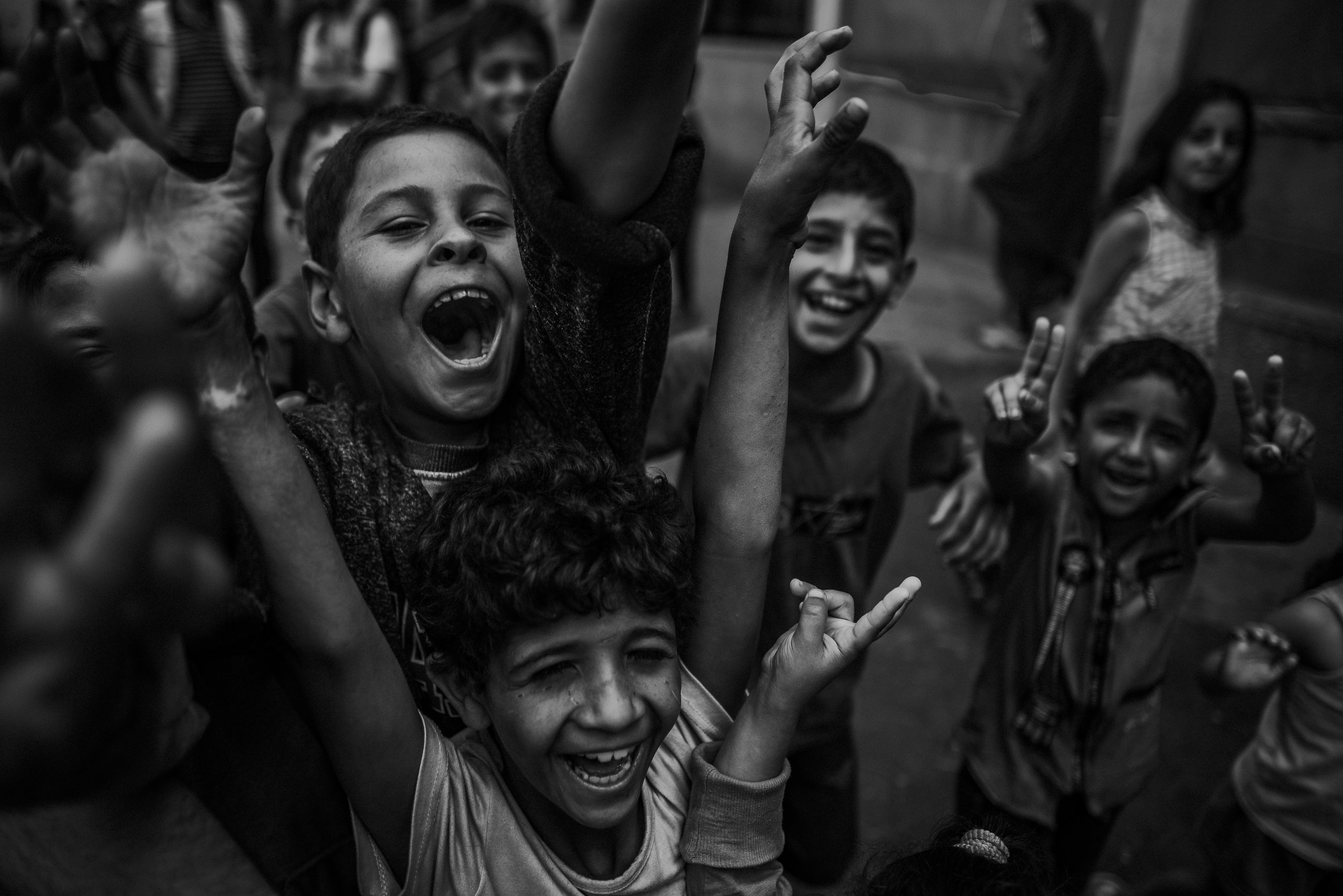

Humanitarian Documentary Work
Tom Lewendon is a documentary photographer and filmmaker based in Berlin, working in humanitarian crises, conflict zones, and areas of displacement. His recent work includes frontline coverage in Gaza and Ukraine, embedded with medical teams, humanitarian responders, and NGOs.
He has documented the ongoing crisis in Gaza with two embedded missions inside Al Aqsa Hospital, working alongside volunteer doctors during active conflict. In Ukraine, he has worked across the east and south, embedded with frontline medical teams, military chaplain networks, and NGOs, documenting humanitarian response, civilian evacuations, and CBRN crisis training with the State Emergency Service.
Tom holds Hostile Environment Awareness Training (HEAT) and CBRN Train the Trainer certifications, allowing him to work independently in high-risk environments. He has worked with or been embedded alongside organisations such as MedGlobal, CADUS, Umana, Cleveland Maidan, and various local medical and emergency response teams in both Gaza and Ukraine.
His work supports NGOs, humanitarian missions, and media in delivering photography, film, and documentary content for advocacy, fundraising, donor reporting, and public communication.



CHILDREN OF GAZA
See Gallery

Children of Gaza
In 2024, Tom Lewendon travelled twice to Gaza, including an extended embed inside Al-Aqsa Hospital during an active siege. With international media barred, he worked independently alongside humanitarian teams, documenting civilian life, medical efforts, and quiet moments of survival under bombardment.
Donate and learn more about Lewendon’s Initiative to publish his photo book project, “The Kites Still Fly” HERE
Street Photography
Gallery Coming Soon

Street Photographer
Tom Lewendon’s street photography mirrors his work in conflict zones: calm, observant, and interested in the unnoticed. Whether in Berlin, Kyiv, Rafah, or Times Square, he’s drawn to the moments that drift past without announcement—a look, a hesitation, an untold story waiting to vanish.
He doesn’t approach street photography as theatre or commentary. It’s a form of listening. His images are built around instinct and timing, shaped by light, rhythm, and stillness. They are quiet portraits of public life, often charged with tension, loneliness, humour, or connection.
What unites all of his work—street or war zone—is the focus on what lives underneath. On what might otherwise be missed.
Portrait Work
See Gallery
